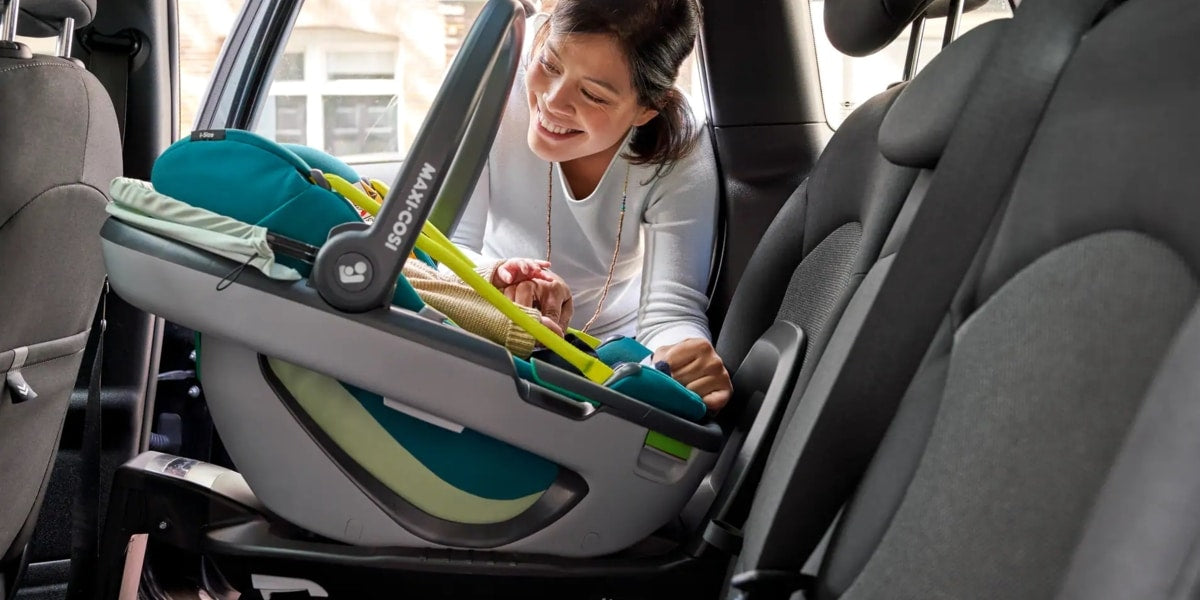When it comes to buying a car seat, it can be very confusing and all of a sudden you are met with a whole new language that you now have to learn and comprehend. We are often asked the question, "What is i-Size?"
Quick Summary: i-Size is part of the UN regulations ECE R129, and in a nutshell is designed to make car seats safer. It is devised to keep our children rear-facing for longer (statistically safer than forward-facing), provide better side impact protection and also make car seat fitting easier to help eliminate human error.

At the time of writing this article, you can still purchase car seats under the older R44 regulations but these are due to be phased out next year. Given that this regulation was started in the 1980’s, the introduction of R129 i-Size seats was a welcome enhancement to car seat safety. We would always recommend purchasing an i-Size car seat if possible.
What does the i-Size regulation mean and does it really make much difference?
The answer to this is yes! We take a look at the improvements and what it means for our children.
Children will be rear facing for longer
Historically, parents were advised to keep their baby rear-facing to 9kg, which is only about 9 months. Research has shown that it is far safer to keep your baby rear-facing for longer and i-Size states that they should be at least 15 months before you even consider forward facing. Many i-Size seats will allow you to rear face for far longer, often up to 105cm which is around 4 years or longer.
Many parents ask us why it is safer to rear face? Up until the age of around 15 months, your little one’s neck is not strong enough to withstand the forces of even an average head-on collision and the pressure on your baby’s neck could lead to serious neck injury. Rear-facing seats spread the pressure over more of your child’s body resulting in less pressure on their head and neck.
Enhanced Side Impact Protection
Did you know that 25% of car accidents involve your car being hit from the side? Yet the older regulations did not make it a requirement for seats to offer side impact protection, although some did anyway. Older R44 only had to be tested for front and rear impact collisions.
New Crash Test Dummies

Did you know that during car seat testing, seats have a life-size dummy belted in? This dummy is full of sensors to monitor the impact on the child. The introduction of the i-Size regulation also saw the introduction of new dummies, which are now known as Q rather than P. These dummies have more sensors and higher sensitivity than previously and therefore reflect more accurately how a child’s body would react during an accident.
Which i-Size seat does my child need?
Historically we used the weight of your child to determine which seat they should be in, however, all i-Size seats use height to determine the correct seat. There is still a maximum weight on the seat too, so bear that in mind. The maximum height will vary from seat to seat, so check before purchasing. Try and max out your seat before moving to the next stage seat.

